Galaxy S5: How the Heart-Rate Monitor Compares to Other Devices
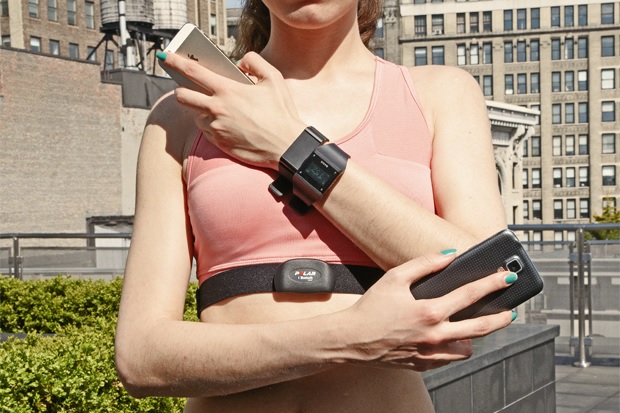
The Galaxy S5, Samsung's latest flagship smartphone, has a built-in heart-rate monitor that measures your heart rate in your fingertips. Many sport watches and fitness trackers also have heart-rate monitors — some are worn on the wrist, while others use a chest strap, which is a fairly reliable heart-rate detection method.
Knowing your heart rate when exercising adds some benefits to a good workout — your heart rate reflects the intensity of your activity, so that information can tell you whether you are training efficiently. Your heart rate is measured in beats per minute (bpm), and a normal resting heart rate is usually between 60 and 100 bpm.
I tried the Galaxy S5 along with some of the other devices that measure heart rate, to see how practical, accurate and consistent these devices were. I compared the readings from the Galaxy S5 to those of an iPhone app that also measures your heart rate using your fingertip; the Basis fitness tracker, which measures your heart rate in your wrist; and the Polar Beat H7, which is a chest-strap monitor that wirelessly sends heart-rate readings to your phone.
Samsung Galaxy S5 versus iPhone
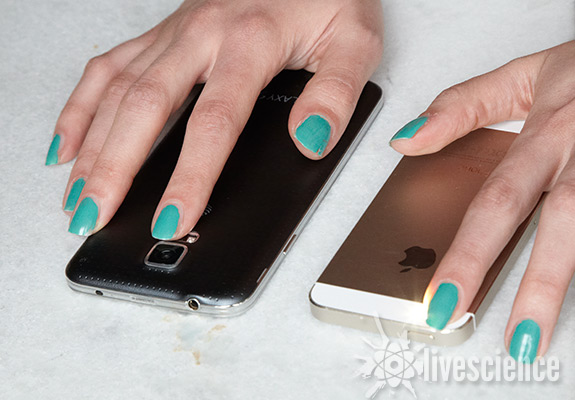
The Galaxy S5 is the first phone to have a built-in heart-rate monitor. But it's not the only phone that can measure your heart rate — you can download apps for the iPhone that use the phone's camera to read your heart rate.
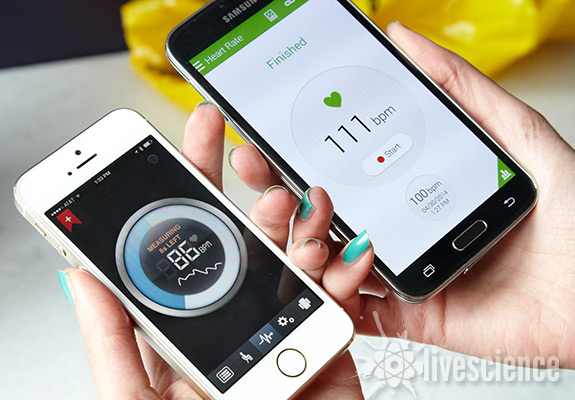
I tested the phones simultaneously by putting my fingers on the cameras at the same time. A couple of rounds of testing later, the Galaxy S5 was clearly the winner — it detected my heart rate sometimes as quickly as 5-6 seconds, faster than the iPhone app, which took at least 15 seconds to show me my heart rate.
Galaxy S5 heart-rate monitor vs. Basis wristband
Sign up for the Live Science daily newsletter now
Get the world’s most fascinating discoveries delivered straight to your inbox.
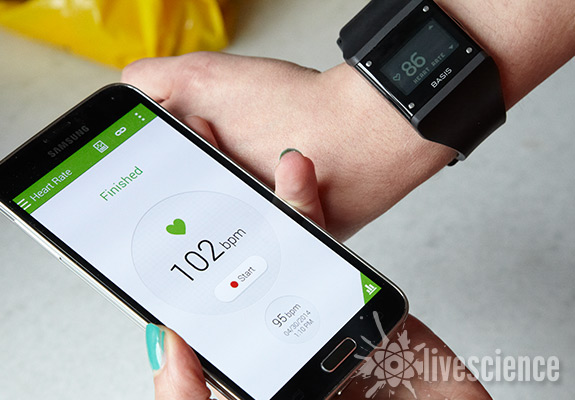
The Basis B1 is an activity tracker that you wear on your wrist. It reads your heart rate by shining light through blood vessels and calculating the blood's oxygen levels by measuring the reflected light. This is the same technology used in medical devices such as pulse oximeters.
One advantage of having a wristband like the Basis track your heart rate is that it is more practical and convenient than interrupting your workout to put your finger on your Galaxy S5.
On the other hand, using the Basis can be a bit frustrating. Sometimes, it stops reading your heart rate and displays only the most recent measurement. The result is that if you compare the Basis with the Galaxy S5, you may see two very different rates on the devices, and it seems like the Galaxy is more accurate in these cases because the measurement is more recent.
The Basis tracker did not update its reading to get a good measurement of my heart rate when it jumped up after quick exercises. It kept showing 86 bpm, when in fact my heart rate on other devices was between 100 and 110 bmp.
The winner in this case depends on your preferred type of activity. A wristband heart-rate monitor like the Basis may be a better option for runners, but the Galaxy S5 would be a good choice for those who are interested in knowing their heart-rate on demand.
Galaxy S5 vs. Polar Beat chest strap
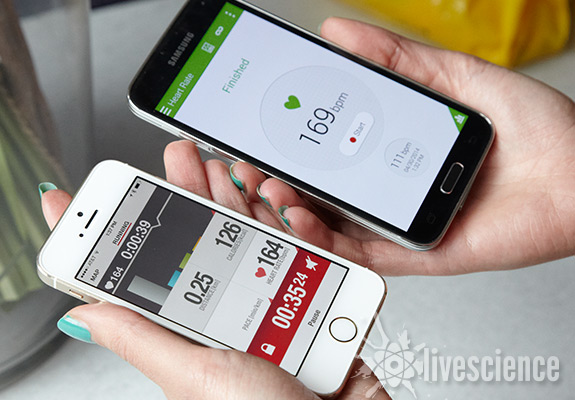
When I compared the Galaxy S5 heart-rate readings with those from the Polar Beat chest strap using the dedicated app on my phone, it turned out that the rates from the Galaxy S5 were consistently identical with, or just slightly different from, the readings from the chest strap.
The performance of the Galaxy S5 heart-rate monitor didn't change when I measured my resting heart rate or when a couple of squats got my heart pumping to 170 bpm.
Email Bahar Gholipour. Follow us @LiveScience, Facebook & Google+. Original article on Live Science.










